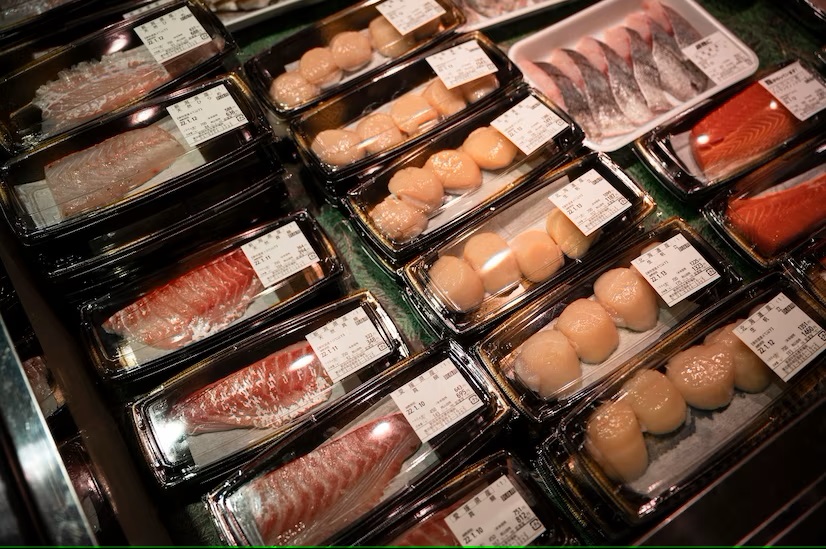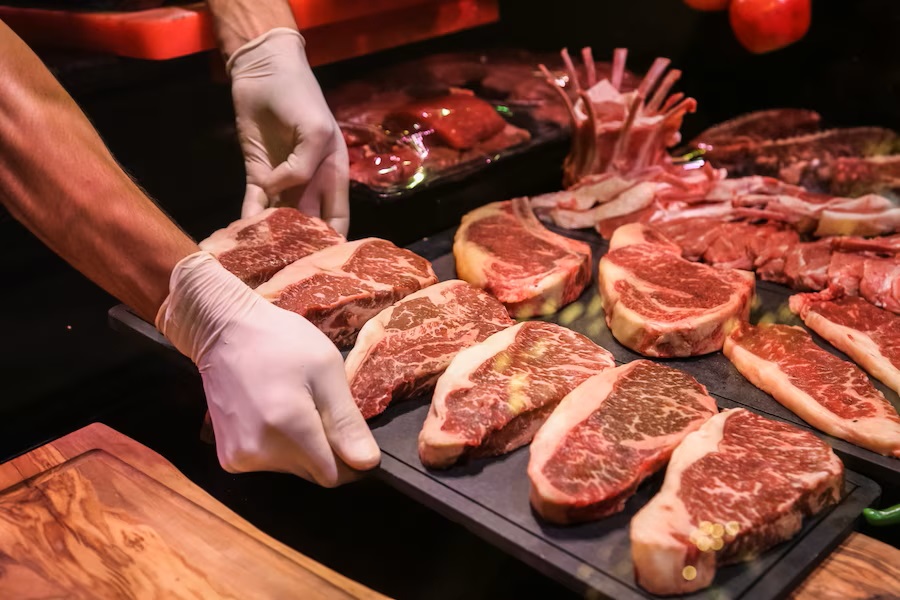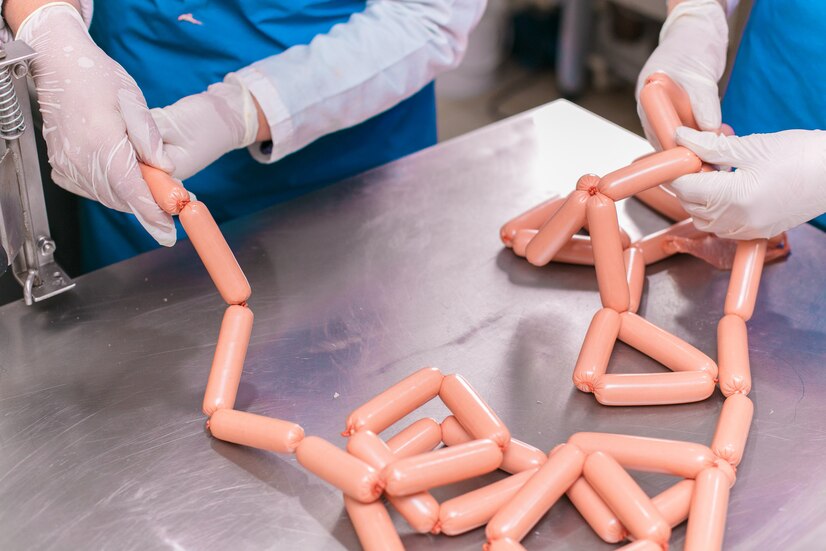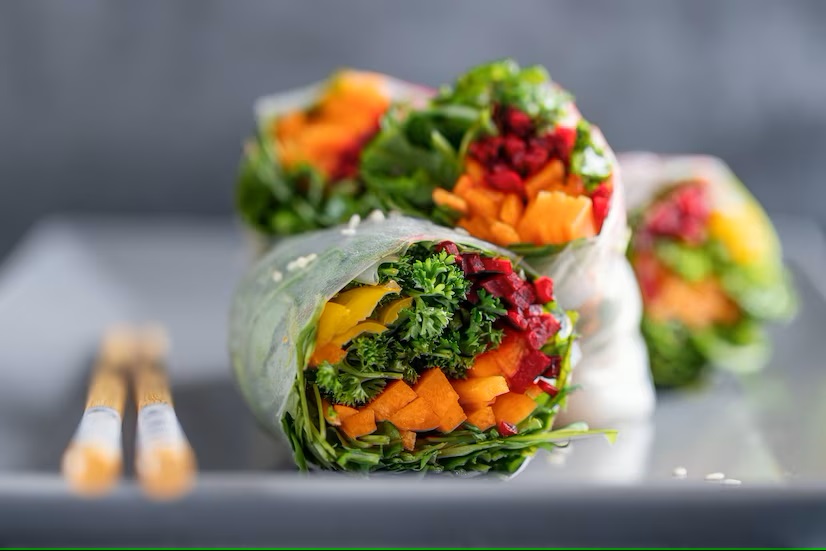Preservation and Packaging
In several industries, where packaging and preservation of perishables is necessary to control the growth of pathogenic microbes so that items retain the desired sensory, chemical, physical, microbiological, and functional characteristics, the use of rosemary, cinnamon, clove, sage, garlic, lavender, oregano, and ginger, and others in preservation has been found quite viable; as well as other “fruit peel” oils such as orange, lemon, line, grapefruit essential oils in preservation of meats, fruits and vegetables. Essential oils are targeted for their antimicrobial and antioxidant abilities. In this section we walk through a series of preservation applications fof essential oils




Preserving Meats and Fish products
Meat and meat products will most often suffer quality deterioration due to their complex composition that consists of different saturated and unsaturated lipids (fats), proteins, carbohydrates, and others. Loss of quality will be signalled by a bad putrid odour, color changes and in extreme cases visible evidence of growths and organisms! These all start with chemical changes and growth of microbes in the meat. If not checked, the degradation fo meats (livestock, poultry and fish stocks) can cause severe health problems for the consumer, and economic losses for farms, abbatoirs and meat stores. It is necessary for meat products to be safely stowed for as many days as possible to enable safe transportation from the source markets to offshore and inland markets, to stores and to the family dinner table.
The most common reason for chemical degradation is lipid (fat) oxidation which leads to rancidness, discoloration and accumulation of potentially toxic compounds that are harmful to human health.
Suppressing lipid oxidation and preventing bacterial growth are major means of extending the shelf life of meat and meat products. This can be done by various ways including refridgeration, air tight packaging, or using antioxidants and antimicrobial agents.
Some essential oils are good strong antioxidative and antimicrobial agents and possess anticarcinogenic and antimutagenic properties.
How to:
Pretreatment of meats can be done before cold storage to enhance its quality. Studies have shown that a 1-2% concentration of oil in sterile distilled water (1-2ml of essential oil for every 10ml of sterile distilled water) can be used in an immersion dip, where meat is dipped for atleast 15-20 minutes, before being allowed to drip-dry and stowed after. In some instances, brine (salt solution) has been used in place of steriel distlled water. At these low levels of dosing, the sensory qualities (smell, flavor, appearance) of the meat would remain acceptable to many consumers, since the same meat products are frequently treated with herbs, spices, or other seasonings containing these essential oils. The kings in food preservation that deserve particullar mention are the five below.
Thyme essential oil
Contains Thymol, Carvacrol and Linalool, elements which posess great bactericidal, and anti-oxidant properties
Oregano essential oil
Contains Thymol, Carvacrol and other elements which have excellent antibacterial, antifungal, antiparasitic, antimicrobial and antioxidant properties
Rosemary essential oil
Composed of α-Pinene , 1,8-Cineole, Camphene and other elements, which possess great antibacterial, anti-oxidant (and other) properties
Cinnamon essential oil
Contains eugenol, eugenyl acetate, cinnamyl acetate, linalool and other elements which posess great anti-bacterial, and anti-oxidant properties
Citrus essential oil
Essential oils, particularly of Citrus limon (Lemon), and Citrus aurantifolia (Lime) posess great bactericidal and anti-oxidant properties

Vegetables and Fruit preservation dips
Coming soon…
Edible food wraps
Coming soon….

